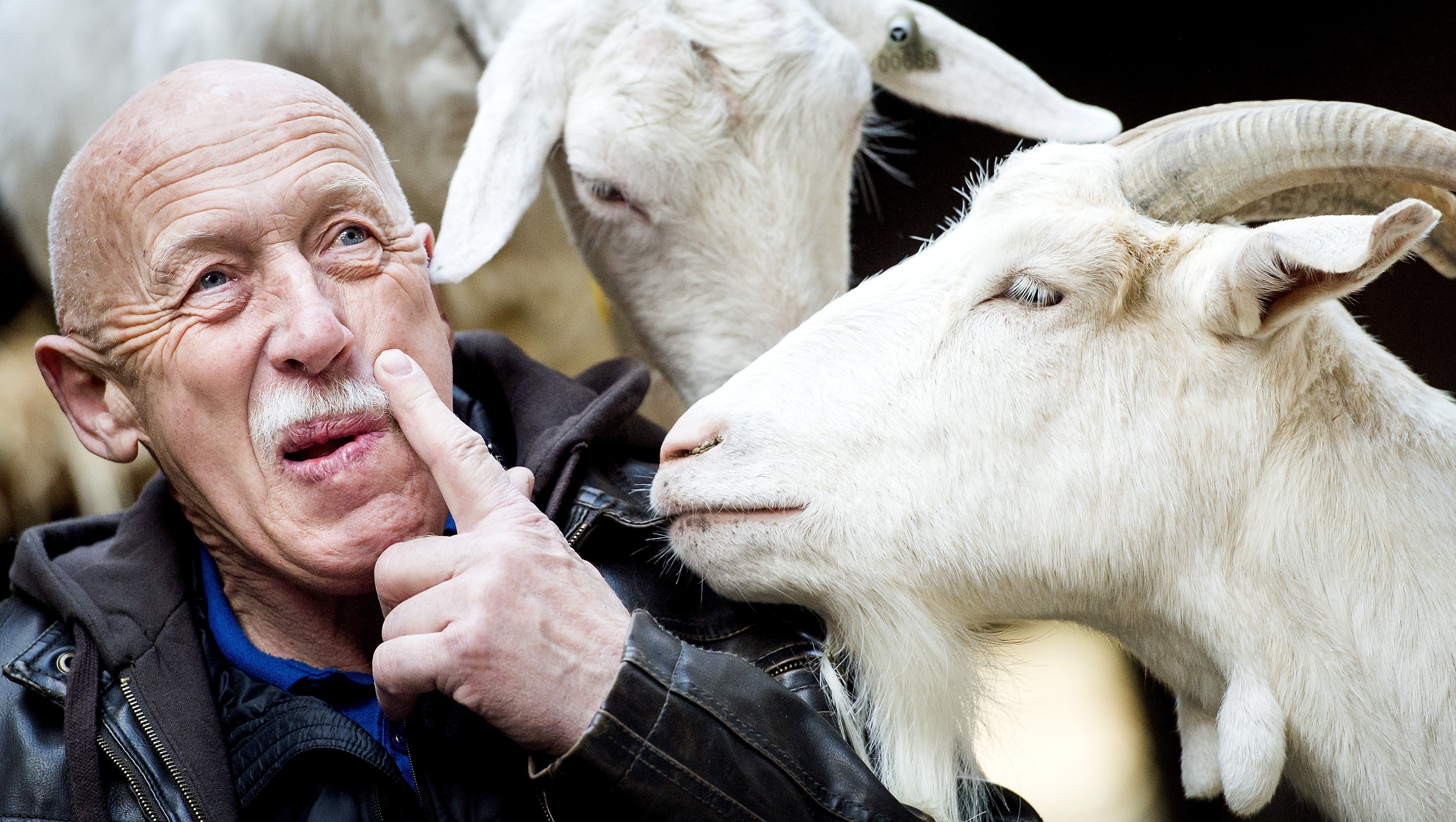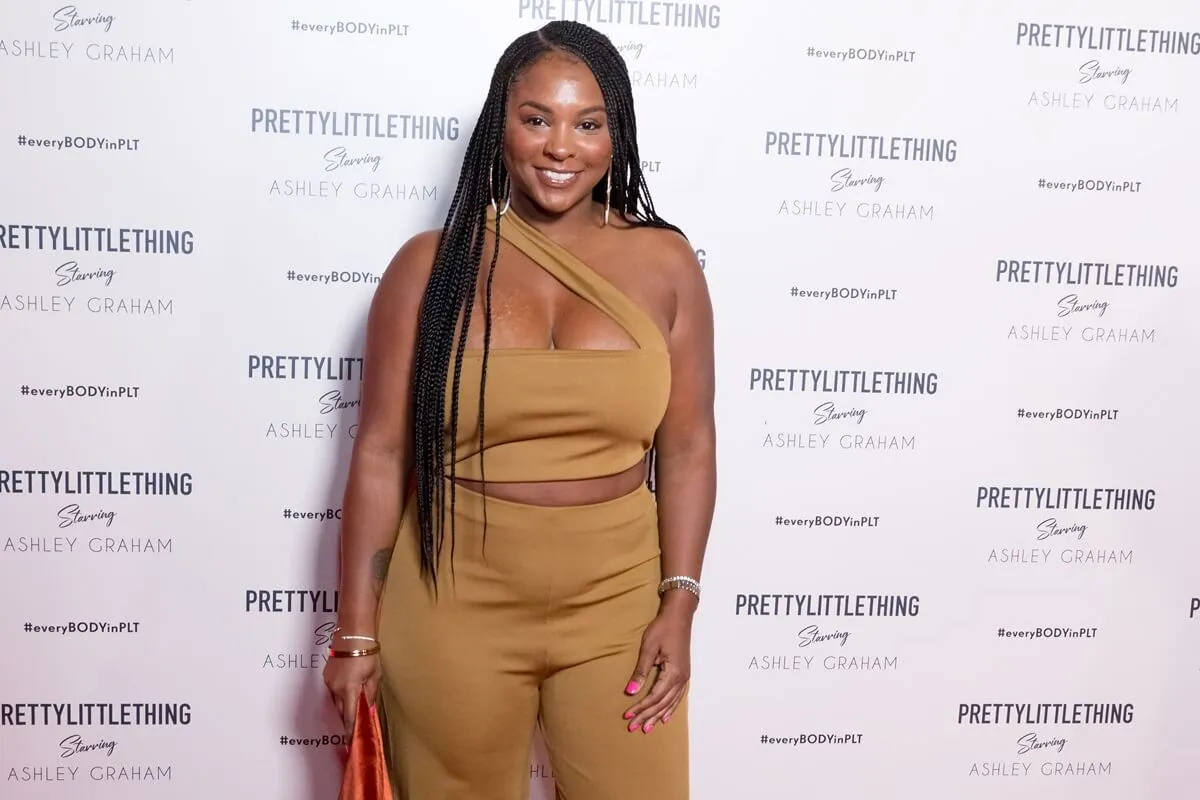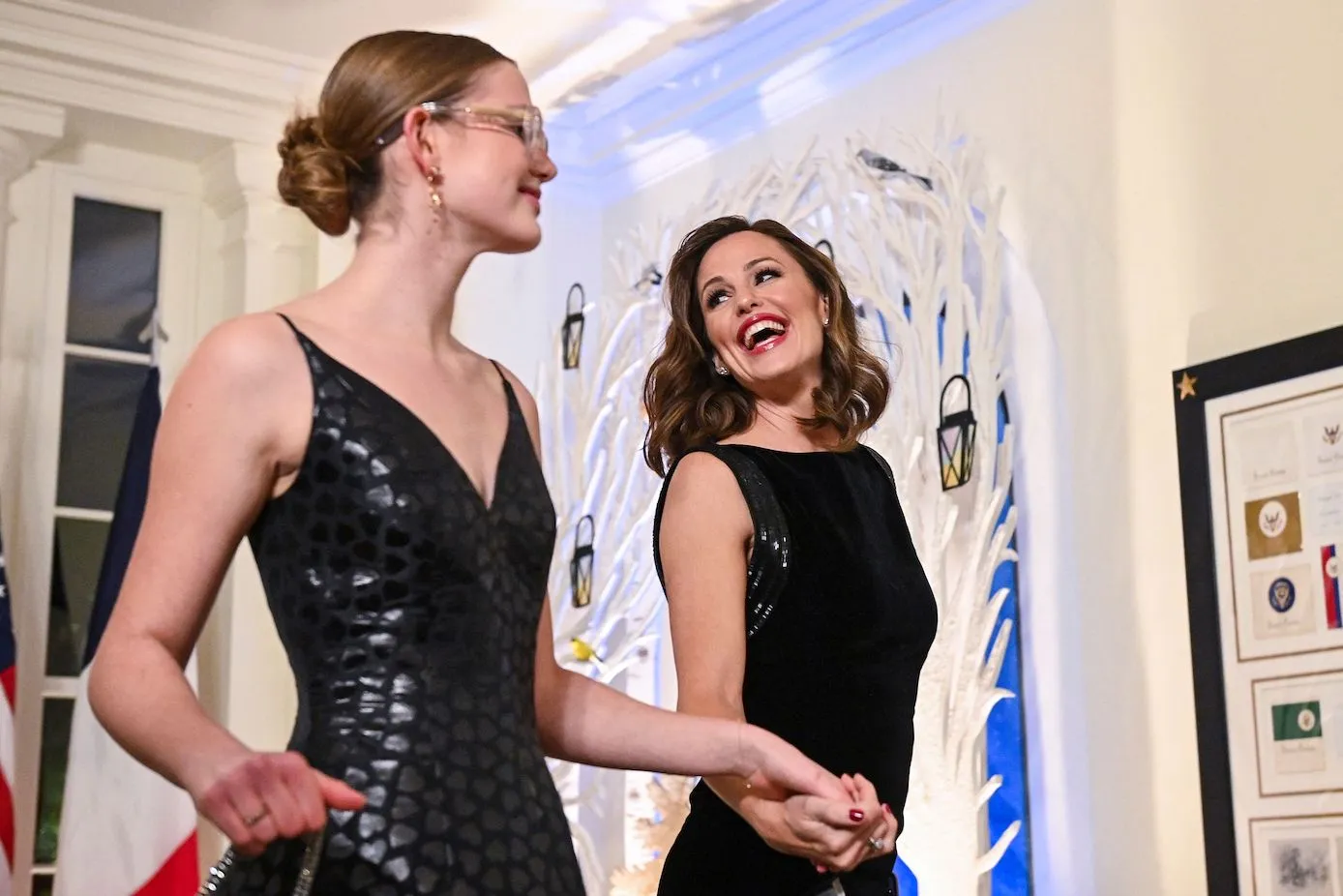‘The Incredible Dr. Pol’ Explains ‘The 1 Thing a Vet Should Never Do, Under Any Circumstances’
When someone who has been dealing with animals for over 40 years, really for all of his life, advises you on what to never do, it makes sense to listen.
Always down-to-earth and practical in his veterinary practice, Dr. Jan Pol offers sage advice from his legendary career that is worth heeding.

Dr. Pol has been running his Michigan practice since 1981
Dr. Pol and his wife, Diane, have been running their veterinary practice, Pol Veterinary Clinic, since 1981 and have built it up into a business that farmers and surrounding neighbors have grown to depend on.
“My first experience after graduating was working for a veterinarian in Harbor Beach, Michigan,” Dr. Pol told Today’s Veterinary Practice in 2012. “However, my wife, Diane, and I were eager to start our own practice here in Weidman, Michigan. When the practice opened in 1981, 80% of our practice was dairy, with the remaining 20% equine and small animals.”
“We worked out of a room built in the corner of the garage until the practice outgrew that small space. Diane and I managed to buy more property next door and build a clinic—a double-wide trailer, which was all we could afford with interest rates close to 20%.”
How Dr. Pol “sees” inside a cow
As a large-animal veterinarian, Dr. Pol is frequently called upon to reach inside of a cow who is having trouble in labor. In his 2015 memoir, Never Turn Your Back on an Angus Cow: My Life as a Country Vet, the father of three explains that, once he has his arm inside a cow, he allows his senses to take over and inform him of what might be troubling the animal.
“I always close my eyes when I do a pregnancy test so I can see with my fingers,” he wrote. “My fingers tell me exactly what is going on in there. Many years later, I tore some muscles in my left arm when a cow pulled away from me, so for three or four weeks I couldn’t work with my left hand.”
Dr. Pol favors using his left hand inside a cow, so that his right hand can inject the animal or do anything else necessary. He described a moment when he forgot and placed his right hand in the animal instead.
“One day I was doing a pregnancy check with my right hand,” he wrote, “and the farmer started laughing. ‘What’s so funny?,’ I asked him. And he told me my left hand was moving whichever way I wanted my right hand to move, as if it was telling my right hand what to do.”
The 1 thing vets should never do
As for what Dr. Pol feels every veterinarian caring for large farm animals should avoid? It’s just as his book title instructs: never turn your back on a cow – or any big creature.
“Having grown up on a farm,” Dr. Pol shared, “I was more comfortable being around live animals than many of my fellow students [at veterinary school]. I knew that when I was examining an animal, for example, the most important thing for me to do was to let that animal know where I was at all times.”
“I learned that the one thing a vet should never do, under any circumstances, is turn his or her back on an animal. . . You turn your back on these animals and they will get you,” Dr. Pol wrote. “Every matador knows that – and so does every farmer or rancher. Most of the large animals I have dealt with are bigger and stronger than any person . . . These aren’t pets; a cow is not a sweet, docile animal. It is an animal that can kill a person without even intending to, without even knowing it.”
Next time you visit a farm or ranch, consider yourself warned!


